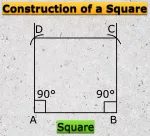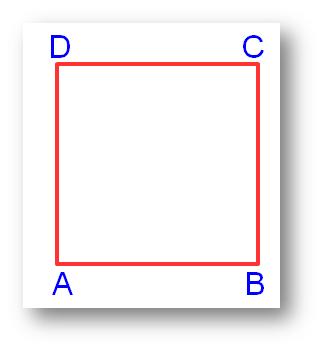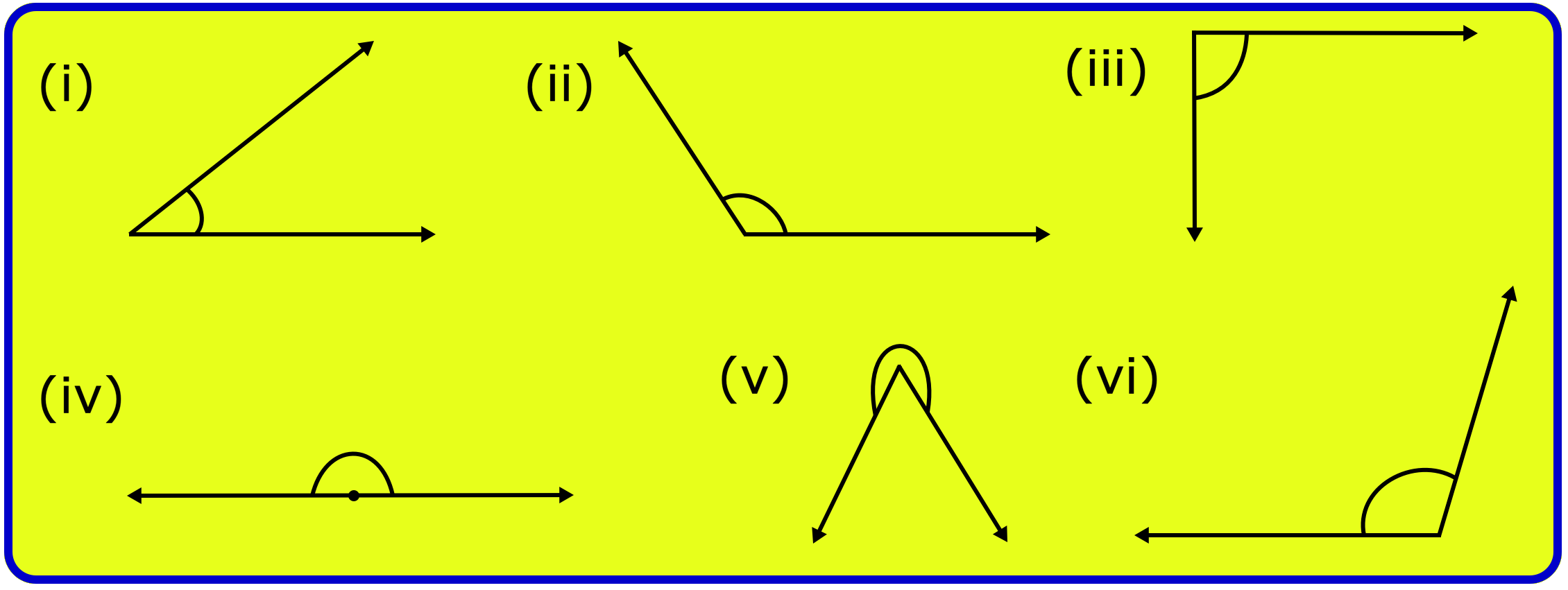Subscribe to our ▶️YouTube channel🔴 for the latest videos, updates, and tips.
Home | About Us | Contact Us | Privacy | Math Blog
Probability of Tossing Two Coins
Here we will learn how to find the probability of tossing two coins.
Let us take the experiment of tossing two coins simultaneously:
When we toss two coins simultaneously then the possible of outcomes are: (two heads) or (one head and one tail) or (two tails) i.e., in short (H, H) or (H, T) or (T, T) respectively; where H is denoted for head and T is denoted for tail.
Therefore, total numbers of outcome are 22 = 4The above explanation will help us to solve the problems on finding the probability of tossing two coins.
Worked-out problems on probability involving tossing or flipping two coins:
1. Two different coins are tossed randomly. Find the probability of:
(i) getting two heads
(ii) getting two tails
(iii) getting one tail
(iv) getting no head
(v) getting no tail
(vi) getting at least 1 head
(vii) getting at least 1 tail
(viii) getting atmost 1 tail
(ix) getting 1 head and 1 tail
Solution:
When two different coins are tossed randomly, the sample space is given by
S = {HH, HT, TH, TT}
Therefore, n(S) = 4.
(i) getting two heads:
Let E1 = event of getting 2 heads. Then,E1 = {HH} and, therefore, n(E1) = 1.
Therefore, P(getting 2 heads) = P(E1) = n(E1)/n(S) = 1/4.
(ii) getting two tails:
Let E2 = event of getting 2 tails. Then,E2 = {TT} and, therefore, n(E2) = 1.
Therefore, P(getting 2 tails) = P(E2) = n(E2)/n(S) = 1/4.
(iii) getting one tail:
Let E3 = event of getting 1 tail. Then,E3 = {TH, HT} and, therefore, n(E3) = 2.
Therefore, P(getting 1 tail) = P(E3) = n(E3)/n(S) = 2/4 = 1/2
(iv) getting no head:
Let E4 = event of getting no head. Then,E4 = {TT} and, therefore, n(E4) = 1.
Therefore, P(getting no head) = P(E4) = n(E4)/n(S) = ¼.
(v) getting no tail:
Let E5 = event of getting no tail. Then,E5 = {HH} and, therefore, n(E5) = 1.
Therefore, P(getting no tail) = P(E5) = n(E5)/n(S) = ¼.
(vi) getting at least 1 head:
Let E6 = event of getting at least 1 head. Then,E6 = {HT, TH, HH} and, therefore, n(E6) = 3.
Therefore, P(getting at least 1 head) = P(E6) = n(E6)/n(S) = ¾.
(vii) getting at least 1 tail:
Let E7 = event of getting at least 1 tail. Then,E7 = {TH, HT, TT} and, therefore, n(E7) = 3.
Therefore, P(getting at least 1 tail) = P(E2) = n(E2)/n(S) = ¾.
(viii) getting atmost 1 tail:
Let E8 = event of getting atmost 1 tail. Then,E8 = {TH, HT, HH} and, therefore, n(E8) = 3.
Therefore, P(getting atmost 1 tail) = P(E8) = n(E8)/n(S) = ¾.
(ix) getting 1 head and 1 tail:
Let E9 = event of getting 1 head and 1 tail. Then,E9 = {HT, TH } and, therefore, n(E9) = 2.
Therefore, P(getting 1 head and 1 tail) = P(E9) = n(E9)/n(S)= 2/4 = 1/2.
The solved examples involving probability of tossing two coins will help us to practice different questions provided in the sheets for flipping 2 coins.
Probability
Probability of Tossing Two Coins
Probability of Tossing Three Coins
Probability for Rolling Two Dice
Probability for Rolling Three Dice
From Probability of Tossing Two Coins to HOME PAGE
Didn't find what you were looking for? Or want to know more information about Math Only Math. Use this Google Search to find what you need.
Recent Articles
-
Formation of Numbers | Smallest and Greatest Number| Number Formation
Jul 15, 25 11:46 AM
In formation of numbers we will learn the numbers having different numbers of digits. We know that: (i) Greatest number of one digit = 9, -
Formation of Square and Rectangle | Construction of Square & Rectangle
Jul 15, 25 02:46 AM
In formation of square and rectangle we will learn how to construct square and rectangle. Construction of a Square: We follow the method given below. Step I: We draw a line segment AB of the required… -
5th Grade Quadrilaterals | Square | Rectangle | Parallelogram |Rhombus
Jul 15, 25 02:01 AM
Quadrilaterals are known as four sided polygon.What is a quadrilateral? A closed figure made of our line segments is called a quadrilateral. For example: -
5th Grade Geometry Practice Test | Angle | Triangle | Circle |Free Ans
Jul 14, 25 01:53 AM
In 5th grade geometry practice test you will get different types of practice questions on lines, types of angle, triangles, properties of triangles, classification of triangles, construction of triang… -
5th Grade Circle Worksheet | Free Worksheet with Answer |Practice Math
Jul 11, 25 02:14 PM
In 5th Grade Circle Worksheet you will get different types of questions on parts of a circle, relation between radius and diameter, interior of a circle, exterior of a circle and construction of circl…





New! Comments
Have your say about what you just read! Leave me a comment in the box below. Ask a Question or Answer a Question.